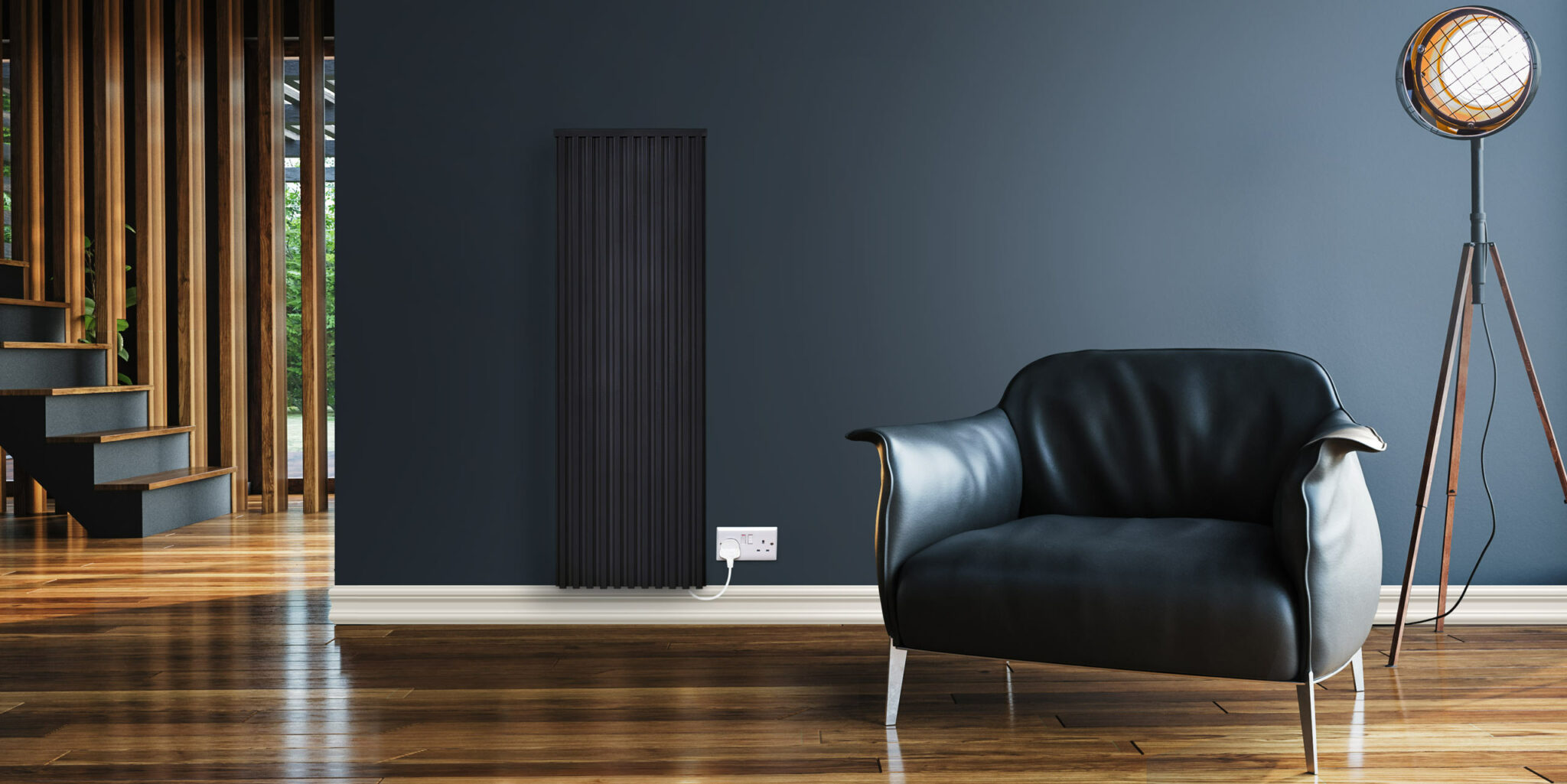Electric Radiators: Frequently Asked Questions (FAQs)
Here at Fischer, we have been manufacturing electric heaters for over 75 years so it’s safe to say we know a thing or two about our favourite form of heating. We have compiled a list of the most frequently asked questions about electric heaters and radiators to help you discover more about electric heating, helping you decide if they are the right heating solution for you.
Are Electric Radiators Efficient?
Electric radiators and heaters are all 100% efficient at the point of use. This means that they convert every kilowatt of energy into heat ensuring there is zero waste. For context, even the most modern gas and oil boilers can only reach efficiency levels of approximately 94% and if your boiler is over 10 years old these figures will be significantly lower. Whilst electric heating is considered 100% efficient it is more expensive than gas and electricity and it is important to insulate your home to a higher standard, switch to the best tariff that meets your user profile, programme your heating for the hours you need, and set only the temperature you require.
Are electric radiators better for the environment?
Due to the fact that electric radiators emit zero emissions at the point of use, it is fair to suggest that electric radiators do have the ability to help the UK transition to net zero. If electric radiators are used with a renewable energy source such as solar, wind or biomass our reliance on burning fossil fuels will reduce.
Are electric radiators expensive to run?
At the moment electricity prices are higher than gas prices. This is due to a number of factors including government environmental levies that are placed on the cost of electricity. If the UK is to move away from polluting fossil fuels things need to change and these levies will be removed and added to gas prices sooner rather than later. In the meantime, there are lots of things you can do to offset the price difference between gas and electricity.
- Program your thermostat – Electric radiators have far more control than fossil fuel based heating sytems allowing users to reduce the amount of energy wasted in their homes. We have already discussed the fact that electricity is 100% efficient but in addition to this, you can benefit from Fischer’s wireless thermostat, which is supplied with all our heaters. The wireless thermostat allows you to set individual temperatures in the room of your choice. This room-by-room functionality means you can reduce temperatures in the rooms you are using the least, saving you energy and reducing costs.
- Switch to a better energy tariff – While electric radiators are 100% efficient, if you haven’t switched energy suppliers recently, the chances are you’re paying too much for your energy.
How do electric radiators work?
Electric radiators work without having to rely on a network of plumbing and pipes to produce heat into your room. Compared to gas and oil cental heating, installation tends to be much quicker and doesn’t involve mess and disruption to your home. Fischer’s electric radiators are individually crafted by hand and utilise a perforated 40mm Core which is installed in the front panel of the heater and enhances heat convection.
Fischer’s heaters also feature an inbuilt convecting chamber which unlike traditional night storage heaters produces up to 30°C difference between the front and back panel, reducing wastage of heat on the back wall.










